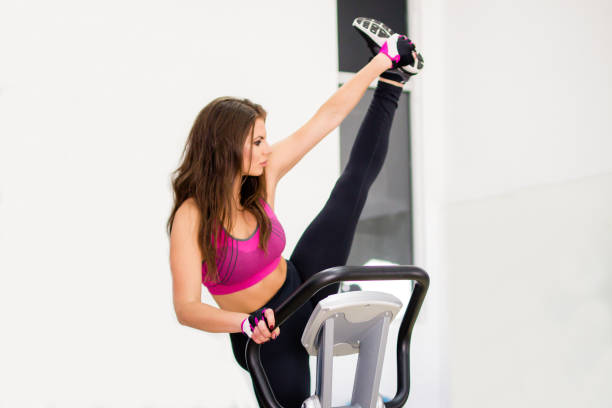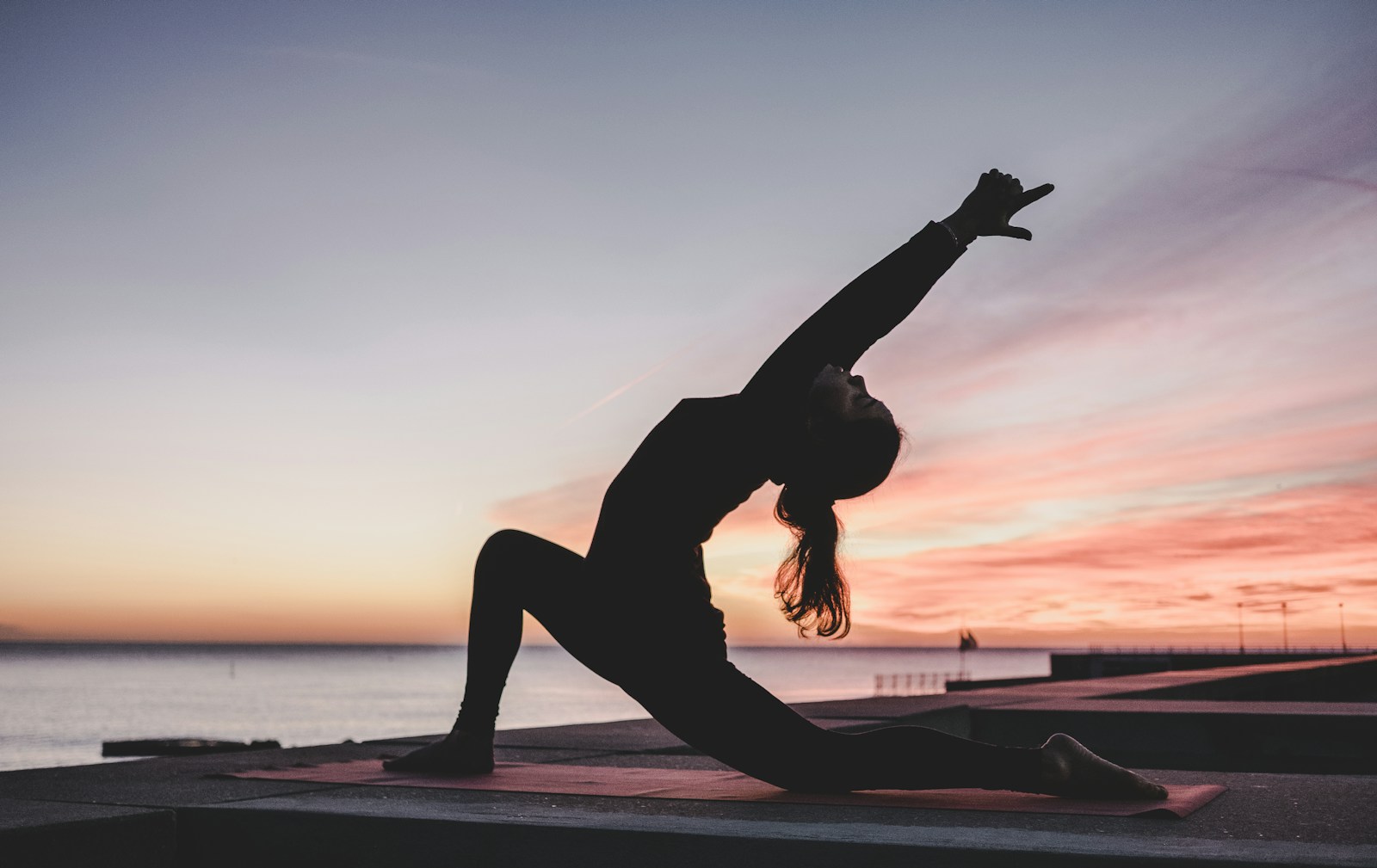
Enhance Your Flow: Yoga Poses for Lymphatic Drainage
Some Posts on Our Site May Contain Affiliate Links
Table of Contents
This article is all about enhancing your practice through yoga poses for lymphatic drainage. In the pursuit of holistic wellness, incorporating practices that support our body’s natural detoxification processes is paramount.
One such practice gaining recognition for its profound benefits is yoga. Beyond its well-known effects on flexibility and stress reduction, certain yoga poses can specifically target the lymphatic system, aiding in lymphatic drainage and promoting overall health.
In this article, we’ll explore the connection between yoga and lymphatic drainage, along with a selection of poses you can incorporate into your practice to enhance your flow and overall well-being.
Yoga serves as a holistic approach to improving lymphatic drainage by combining movement, breathwork, and specific postures designed to stimulate the flow of lymphatic fluid throughout the body.
Through various yoga practices, including dynamic sequences, inversions, and twists, individuals engage in movements that encourage the circulation of lymphatic fluid. These movements create gentle compression and decompression of the lymphatic vessels, facilitating the movement of lymph and promoting drainage.
Additionally, deep breathing techniques incorporated into yoga, such as diaphragmatic breathing and ujjayi breathing, enhance the circulation and oxygenation of tissues, further supporting lymphatic flow. Inverted yoga poses, where the head is positioned below the heart, encourage lymphatic drainage from the lower body towards the heart, while twisting poses wring out the abdominal organs, stimulating digestion and promoting detoxification.
By integrating these elements into a regular yoga practice with mindfulness and awareness, you can effectively enhance lymphatic flow, support detoxification, and promote overall well-being.
7 Yoga Asanas to Pump Up Your Lymphatic System
Understanding Lymphatic Drainage and Its Importance:
Before delving into specific yoga poses for lymphatic drainage, it’s essential to grasp the significance of the lymphatic system and its role in our bodies. The lymphatic system serves as a crucial component of our immune system, responsible for removing waste, toxins, and excess fluid from the body’s tissues. Unlike the circulatory system, which relies on the heart’s pumping action, the lymphatic system relies on movement, muscular contractions, and external stimuli to facilitate lymphatic drainage.
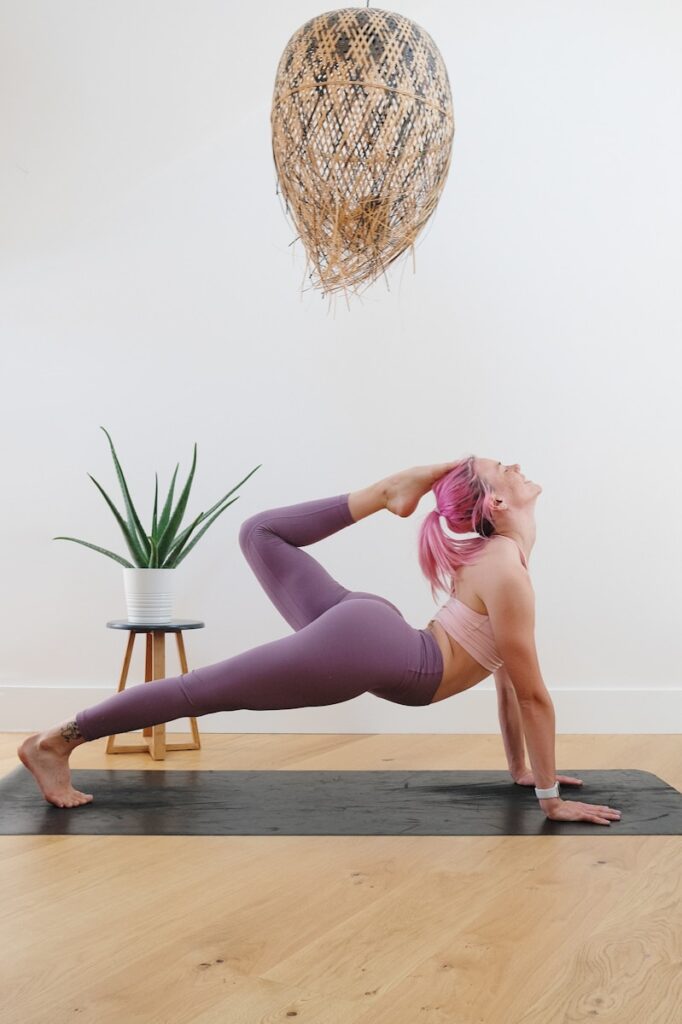
Yoga and Lymphatic Flow
Yoga, with its emphasis on mindful movement, breathwork, and postures, can be a powerful tool for stimulating lymphatic flow. Certain yoga poses for lymphatic drainage can create gentle compression and decompression of the lymphatic vessels, promoting the movement of lymph fluid throughout the body. Additionally, deep breathing techniques commonly practiced in yoga can enhance the efficiency of lymphatic drainage by increasing circulation and oxygenating the tissues.
5 Yoga Poses for Lymphatic Drainage
- Downward-Facing Dog (Adho Mukha Svanasana): This iconic yoga pose promotes inversion, encouraging lymphatic drainage from the legs and pelvis while also stretching the spine and hamstrings.
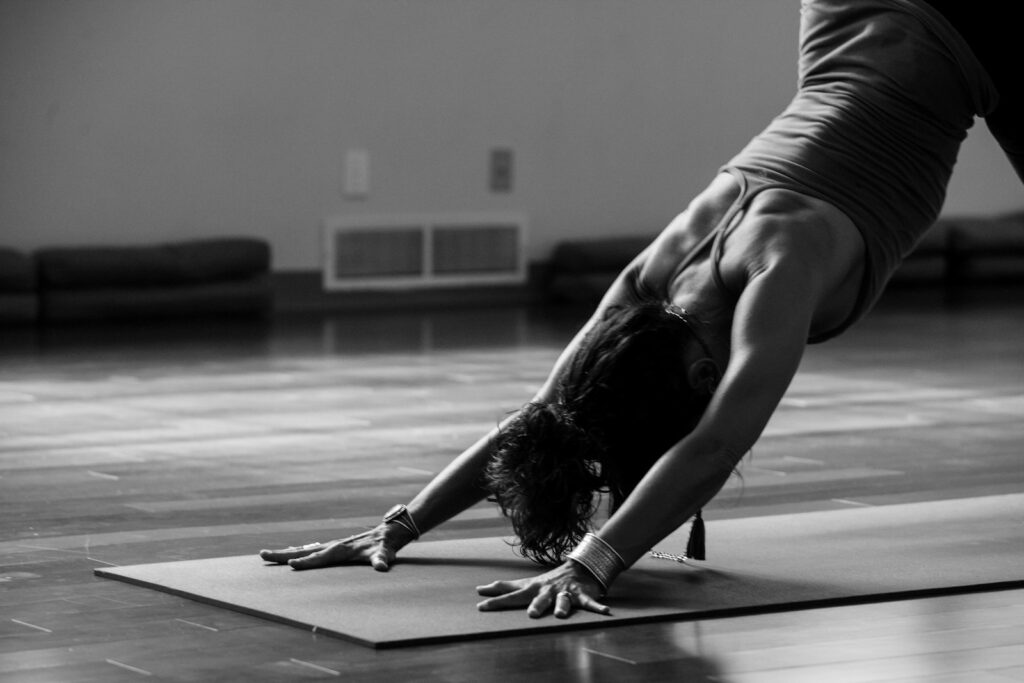
- Forward Fold (Uttanasana): By folding forward, you create gentle compression in the abdomen, stimulating the lymphatic vessels in the abdominal region and promoting drainage.
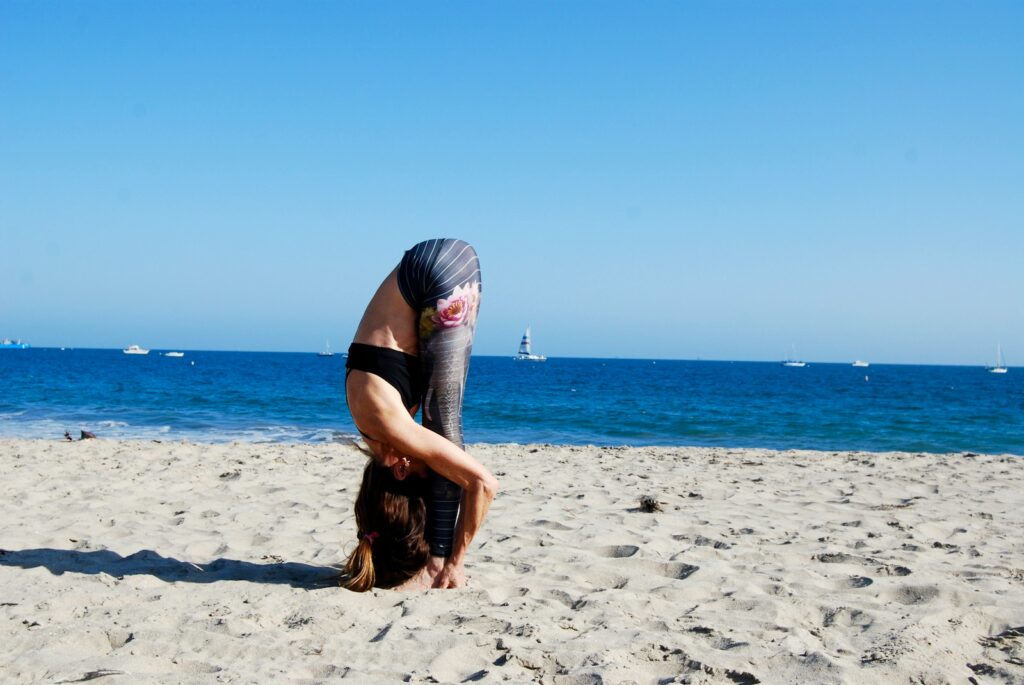
- Legs Up the Wall (Viparita Karani): This restorative pose promotes lymphatic drainage from the legs and feet while inducing a calming effect on the nervous system.
- Cat-Cow Stretch (Marjaryasana-Bitilasana): Alternating between arching and rounding the spine in this dynamic flow enhances circulation and promotes lymphatic flow throughout the body
- Twisting Poses (e.g., Bharadvajasana): Twists wring out the abdominal organs, aiding in detoxification and stimulating lymphatic drainage in the torso.
Incorporating These Poses Into Your Practice:
To experience the benefits of these yoga poses for lymphatic drainage, consider integrating them into your regular yoga routine. Start with a gentle warm-up, focusing on deep breathing and mindful movement, before transitioning into the poses mentioned above. Hold each pose for several breaths, allowing for a sense of ease and surrender. Listen to your body and modify the poses as needed to suit your individual needs and comfort level.
As we seek to nurture our bodies and promote overall well-being, exploring practices that support lymphatic drainage, such as yoga, can be immensely beneficial. By incorporating specific poses into your yoga practice, you can enhance lymphatic flow, support detoxification, and cultivate a greater sense of vitality and balance.
Remember to approach your practice with mindfulness, compassion, and a willingness to connect with your body’s innate wisdom. Embrace the flow, both on and off the yoga mat, as you journey toward optimal health and vitality.
Other ways to get the lymph system moving
- Dry Brushing: Use a dry brush with natural bristles to gently brush the skin in upward strokes towards the heart. This stimulates the lymphatic system, removes dead skin cells, and encourages lymphatic flow.
- Hydration: Drink plenty of water throughout the day to support proper lymphatic function and hydration. Staying well-hydrated helps maintain the fluid balance necessary for efficient lymphatic drainage.
- Healthy Diet: Consume a balanced diet rich in fruits, vegetables, lean proteins, and healthy fats. Avoid excessive consumption of processed foods, refined sugars, and saturated fats, which can contribute to inflammation and hinder lymphatic function.
- Compression Garments: Consider wearing compression garments, such as compression socks or sleeves, to support lymphatic flow and reduce swelling, especially if you are prone to lymphedema or experience persistent swelling in specific areas.
- Elevation: Elevate the affected limbs, such as your legs or arms, whenever possible to encourage the drainage of lymphatic fluid. Prop pillows under your legs while resting or elevate your arms on cushions while sitting.
- Hot/Cold Showers: Alternate between hot and cold water during showers to promote circulation and lymphatic flow. Start with a few minutes of hot water to dilate blood vessels, followed by a minute or two of cold water to constrict them. Repeat the cycle several times.
- Herbal Supplements: Certain herbs and supplements, such as dandelion root, cleavers, and burdock root, are believed to support lymphatic function and promote detoxification. Consult with a healthcare professional before incorporating supplements into your routine.
- Massage: Perform self-massage techniques, such as lymphatic drainage massage or gentle kneading movements, to stimulate lymphatic flow and reduce swelling. Focus on areas prone to lymphatic congestion, such as the neck, armpits, and groin.
- Exercise: Engage in regular physical activity, such as walking, vibration plate training, or swimming, to promote lymphatic circulation and drainage. Movement encourages muscle contractions, which help pump lymphatic fluid throughout the body.
- Deep Breathing: Practice deep breathing exercises, such as diaphragmatic breathing or belly breathing, to enhance lymphatic flow and oxygenate the tissues. Take slow, deep breaths, expanding your abdomen with each inhale and contracting it with each exhale.
Why Is Lymphatic drainage so crucial for Health
Poor lymphatic drainage can lead to a range of health issues and complications due to the inefficient removal of waste, toxins, and excess fluid from the body’s tissues. One significant risk associated with impaired lymphatic drainage is the accumulation of lymphatic fluid, a condition known as lymphedema.

Lymphedema commonly manifests as swelling in the affected limbs or areas of the body and can cause discomfort, limited mobility, and increased susceptibility to infections.
In addition to lymphedema, poor lymphatic drainage may compromise the body’s immune function. The lymphatic system plays a crucial role in the body’s immune response by filtering and trapping pathogens, bacteria, and foreign particles.
When lymphatic drainage is impaired, the body may struggle to effectively remove these harmful substances, leading to an increased risk of infections and illnesses.

Furthermore, chronic inflammation can result from stagnant lymphatic fluid and impaired drainage. Inflammation is a natural response of the immune system to injury or infection, but when it becomes chronic, it can contribute to various health problems, including cardiovascular disease, arthritis, and autoimmune disorders.
Without proper lymphatic drainage, inflammatory byproducts and toxins may accumulate in the tissues, exacerbating inflammation and its associated complications.
Another risk of poor lymphatic drainage is the buildup of toxins and metabolic waste in the body. The lymphatic system plays a vital role in eliminating metabolic waste products generated by cellular activities.
When lymphatic drainage is compromised, these waste products may accumulate in the tissues, leading to cellular dysfunction, oxidative stress, and tissue damage. Over time, the accumulation of toxins can contribute to the development of chronic health conditions and impair overall health and well-being.
Additionally, impaired lymphatic drainage may hinder the body’s ability to regulate fluid balance, resulting in edema or swelling in various parts of the body.

Edema can occur in the limbs, abdomen, or other areas affected by poor lymphatic drainage and may be accompanied by discomfort, heaviness, and decreased mobility.
Poor lymphatic drainage can have significant implications for overall health and well-being, ranging from lymphedema and compromised immune function to chronic inflammation, toxin buildup, and fluid imbalances. It is essential to maintain healthy lymphatic function through lifestyle practices such as regular exercise, proper hydration, and techniques that support lymphatic drainage, such as massage and yoga, to mitigate these risks and promote optimal health.
You May Also Enjoy: 9 Yoga Stretches to Relieve Neck Pain
“Realize deeply that the present moment is all you have. Make the NOW the primary focus of your life.“
Eckhart Tolle



